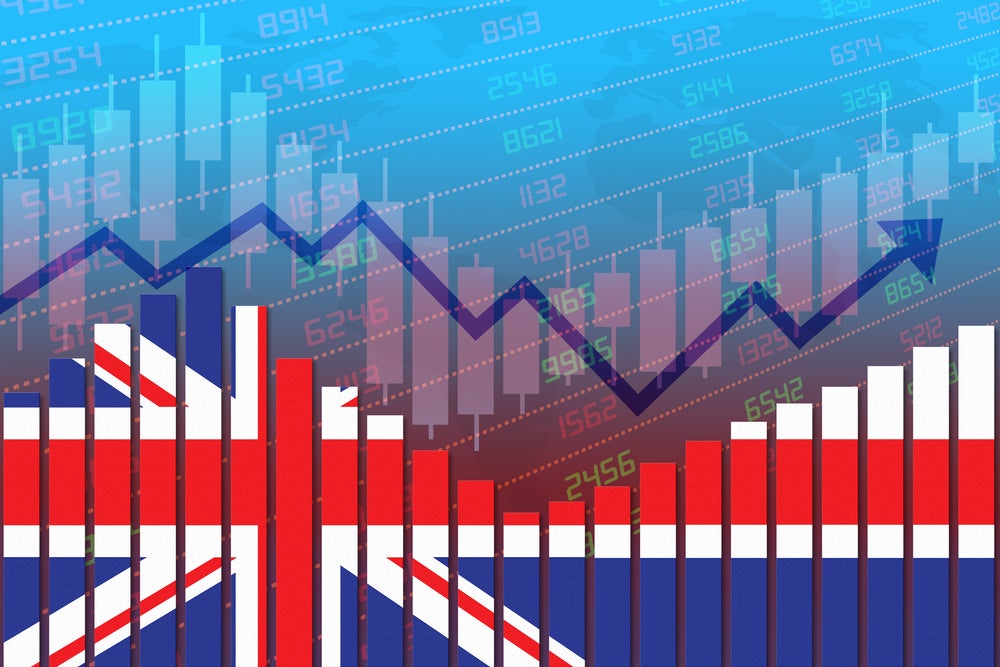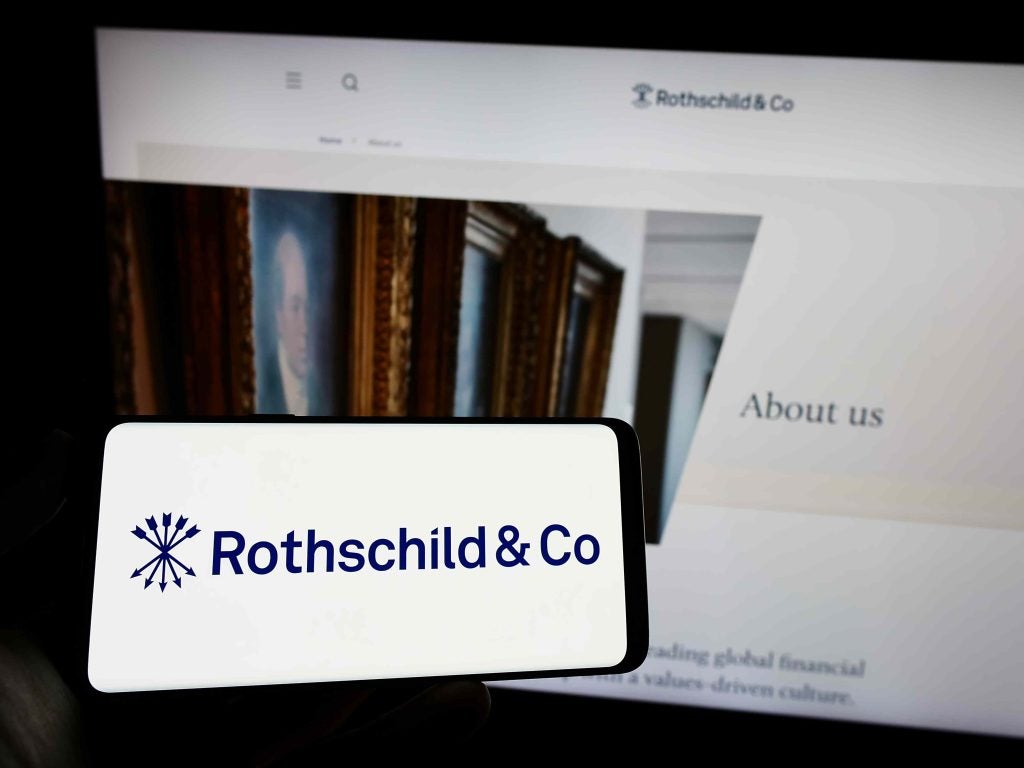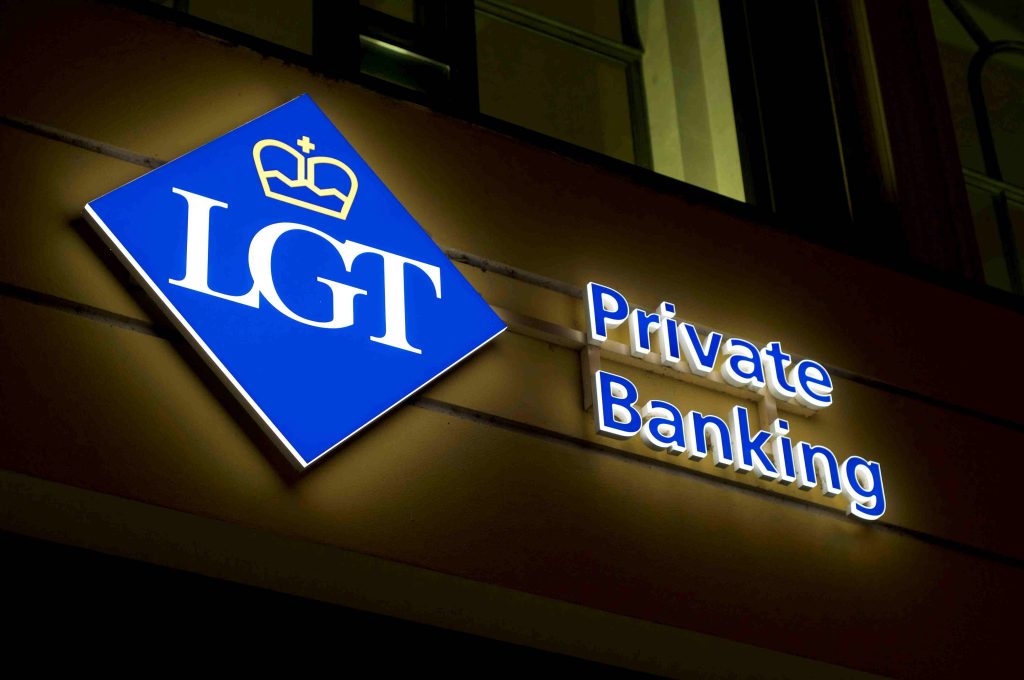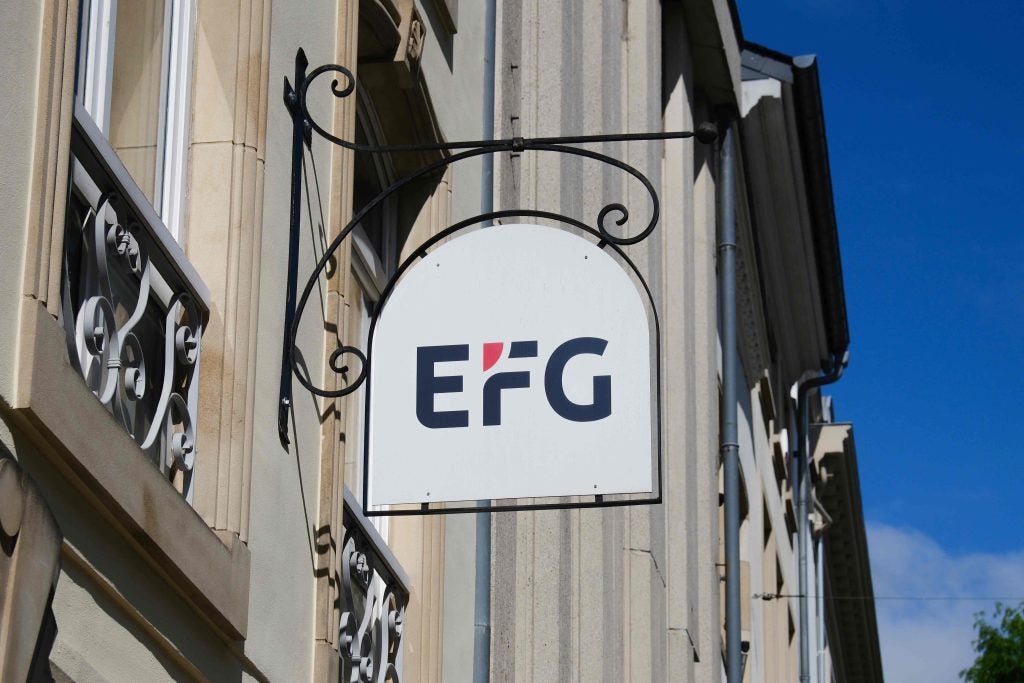
UK GDP figures are out and after encouraging signs in recent quarters post-Covid, the country has hit a bit of a hurdle. Is this something to worry about or a mere blip for the nation? Patrick Brusnahan asks the experts
Dean Turner, economist, UBS Global Wealth Management
While today’s UK GDP numbers came in lower than expected, it is too early to ring the alarm bells. The high point for growth is behind us, so a slowdown compared to June was expected. It was the dominant services sector that was the source for disappointment, as activity remained broadly flat in July. However, the details show that those sectors most exposed to the easing of restrictions grew strongly, much as expected. To be sure, supply chain and labour market disruptions have had a negative impact, but we do not expect these to persist.
Altogether, there is little in today’s release to suggest that the economic recovery will not continue in the coming months. The economy remains on course to reach its pre-pandemic levels in the next few months, but some volatility along the way should be expected – no economic cycle moves in a straight line.
We doubt that today’s GDP release will dent the Bank of England’s hawkish mood, so we continue to expect an interest rate hike in the first half of next year. This should continue to support the pound against its peers.
Ian Warwick, managing partner, Deepbridge Capital
Today’s GDP data shows a slowdown in the UK’s positive growth for the economy, and it is therefore more important than ever that scale-up businesses, particularly in high-growth sectors such as digital technologies and life sciences are supported. They will be at the very heart of economic growth as we create an economy fit for the twenty-first century.
Government initiatives such as the Enterprise Investment Scheme (EIS) have never been more important for helping entrepreneurs and innovators source the funding they require, whilst also offering private investors with tax incentives to develop UK-supporting private equity portfolios. With our EIS funds reaching record levels of funding in 2020/21 it is evident that there is considerable demand from investors and financial advisers alike to invest in early-stage UK companies which we believe will be at the forefront of our economic recovery.
How well do you really know your competitors?
Access the most comprehensive Company Profiles on the market, powered by GlobalData. Save hours of research. Gain competitive edge.

Thank you!
Your download email will arrive shortly
Not ready to buy yet? Download a free sample
We are confident about the unique quality of our Company Profiles. However, we want you to make the most beneficial decision for your business, so we offer a free sample that you can download by submitting the below form
By GlobalDataLewis Shaw, founder, Shaw Financial Services
With murmurs of a lockdown in October, fallout from Brexit, the furlough scheme about to wind down, a cut to universal credit affecting the poorest and, this week, a tax on jobs hitting the lowest paid and youngest workers, the omens for the Autumn aren’t exactly great. There’s arguably a lot of pain in the pipeline and this week’s tax hikes are likely only the beginning of what’s to come. Batten down the hatches is my advice.
Sam Pham, investment strategist, Tilney Smith & Williamson
UK Monthly GDP inched only 0.1% in July, much lower than the expected 0.5% and the previous print of 1.0%. Consequently, the 3-month over 3-month rate was 3.6%, lower than June’s 4.8%. Contributing to the soft print was the services sector which remained flat over the month, after expanding 1.5% in June. Meanwhile, industrial production actually rebounded 1.2% in July, after dropping 0.7% in June.
The slower 3m/3m GDP growth rate broke a 3-month rising streak as the boost from reopening businesses starts to fade. It is important to note that whilst the growth rate appears peaking, supply disruptions actually accelerated. European and US firms still find it hard to fill job openings, whilst global freight cost, tracked by the Freightos Baltic Index, have increased three times this year to more than $10,000 per 40-foot container. More persistent-than-expected inflation could eventually hamper growth, and lead to the so-called stagflation. We are watching this growth/inflation mix closely.
For now, we still like equities over bonds on earnings delivery and rising profit margin. We also recommend gold as a hedge to stagflation risks, as this asset benefits from lower real yields and higher inflation.







